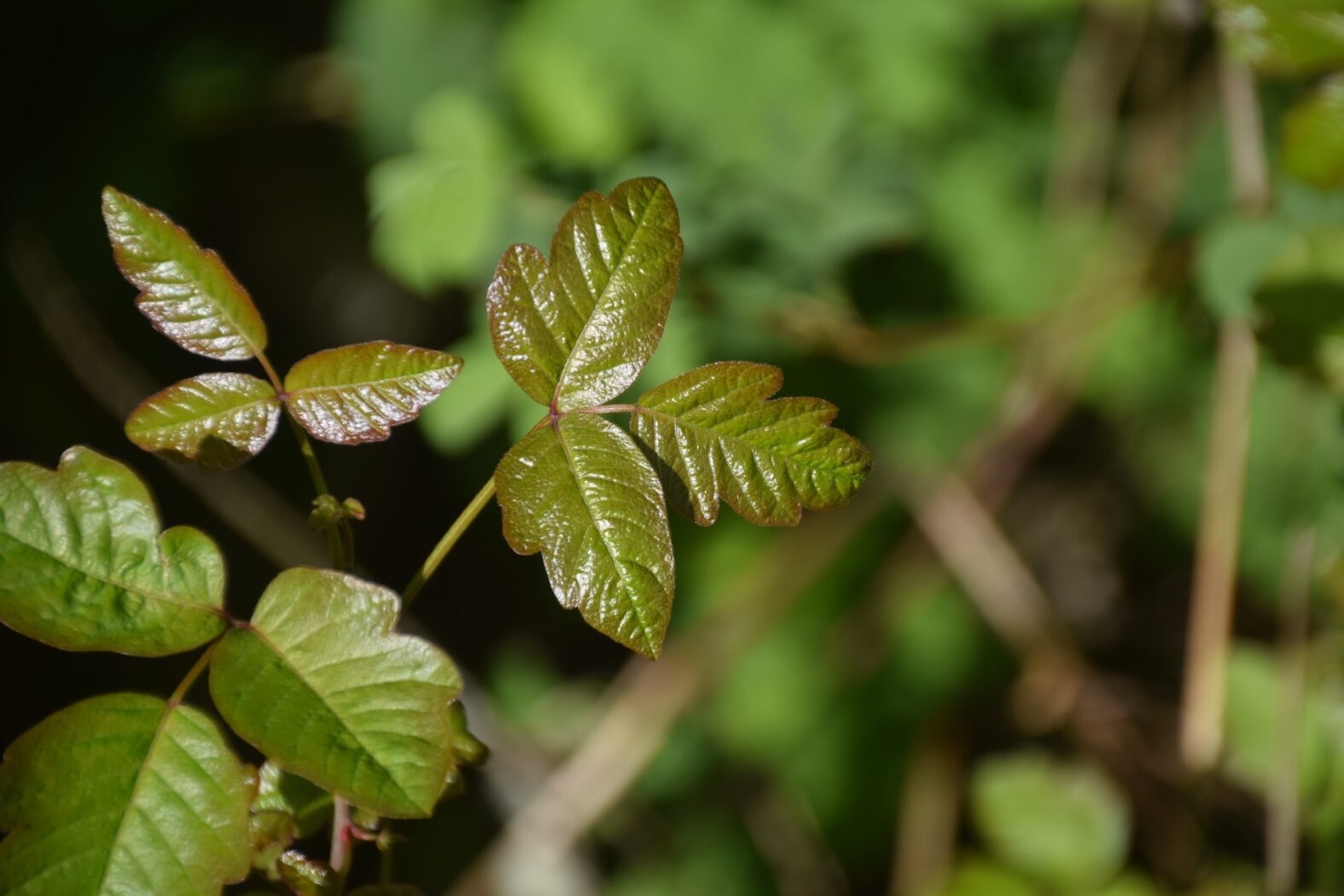
Itching for fun?
Photo by James Whitney on Unsplash
Spring and Summer are an exciting time for outdoor enthusiasts in California. Hitting the trails and breaking in that new pair of hiking boots is exhilarating, and there is no shortage of outdoor fun to be had. Everyone should get out and experience the great outdoors during these upcoming warm months; but beware, there are some oily, itchy, poisonous plants on the trail that will ruin your plans if you’re not careful.
What is a poisonous plant?
When we talk about poisonous plants we’re talking about Poison ivy, poison oak, and poison sumac. Californians really only have to worry about poison oak which can be found all around the Pacific Northwest. The chemical that gives poison oak its name is called urushiol. When a poison oak leaf is damaged or burned it releases this oily chemical. According to the Centers for Disease Control (CDC), 50 micrograms of urushiol, which is less than one grain of table salt, is enough to give 90% of adults a red, blistery rash.
Because urushiol is oily in texture, there are several ways that people can come into contact with it other than directly touching a poison oak plant. Urushiol can cling to clothes, tools and even animals such as livestock or pets.
How to identify Poison Oak
According to the CDC, poison oak is typically a shrub with branches that have 3 leaves on them. The shrubs also may appear vine-like and can sometimes have green or yellow flowers. The plant sometimes even has berries that can be yellowish/green or white.
Coming into contact with poison oak is incredibly common. It’s an innocuous little plant that likes to hide at the base of trees (hence its name) and can often be found in between other plants. It can also be a gorgeous large vine with intensely shiny leaves, with new growth reddish, then green, and then reverting to red again in the fall.
Symptoms of Poison Oak
It won’t be hard to recognize symptoms of poison oak. Within days, or sometimes even a few hours, a red rash will appear on the area of contact. Bumps, patches, streaking, or weeping blisters are also common as well as swelling of the contact area and intense itching. These symptoms can take several days to appear and they can intensify. The rash itself not contagious and does not spread. It might seem to spread, but this is only a delayed reaction.
Finding relief
Extensive exposure can be serious, even life-threatening, as when children, lightly dressed in summer, play in infested undergrowth or when people unknowingly inhale urushiol when burning slash. If you’re cleaning out blackberry vines or picking blackberries in the summer, always look closely for intermingled poison oak. Even the bare stalks in winter will impart urushiol.
If you’re cleaning out blackberry vines or picking blackberries in the summer, always look closely for intermingled poison oak.
The American Academy of Dermatology offers tips for managing exposure. Immediately rinse your skin with lukewarm, soapy water, wash your clothing and everything that may have the oil on its surface, and do not scratch, as scratching can cause an infection. For more serious symptoms, such as trouble breathing or swallowing, or eyelids that have swollen shut, you should seek emergency medical care.
If your summer fun includes discovering this part of Mother Nature, we’re here to help and to provide you with some relief. Southern Humboldt Community Clinic often has same-day appointments, and your Jerold Phelps Community Hospital emergency team is here 24/7 in case you need us.
For more information on all of SHCHD’s services or to schedule an appointment, call 923-3921.
Zachary Lathouris, SoHum Health Outreach Department
Related: Clinic, Seasonal, SoHum Health, Wellness